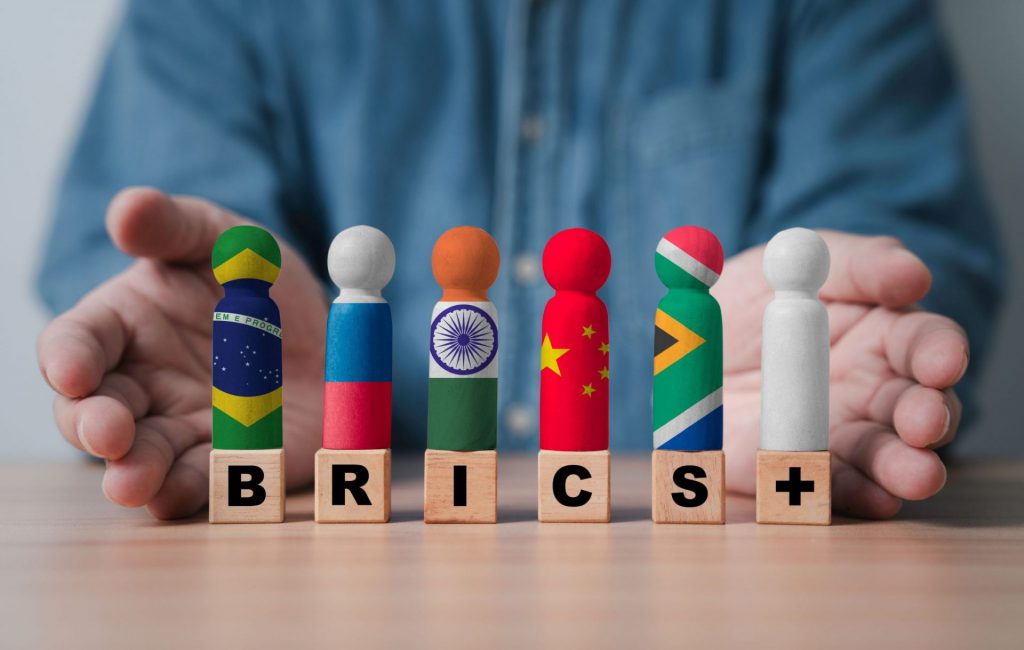Goldman Sachs Reveals: Tariffs Hammer US Consumers Far Beyond BRICS Nations
Trade barriers backfire—hard. New analysis from Goldman Sachs shows US tariffs hitting domestic wallets with unexpected force, extending well beyond imports from BRICS countries.
Main Street Bears the Brunt
American households now face higher prices on everyday goods as tariff costs ripple through supply chains. Consumers absorb the shock while corporate bottom lines get a temporary shield—classic Washington math at work.
The Global Domino Effect
Supply chains reroute, inflation ticks up, and purchasing power dips. The report highlights how protectionist policies create collateral damage far beyond their intended targets.
Another reminder that in global trade, there are no unilateral victories—just varying degrees of pain distributed by economic gravity. But hey, at least some Wall Street desks profit from the volatility.
Goldman Sachs Tariffs Report Explains Who Pays Amid BRICS Response

Consumer Burden Set to Triple Under Goldman Sachs Analysis
Goldman Sachs tariffs data actually shows American businesses are currently absorbing most costs but will shift around 67% to consumers. The effective US tariff rate has been raised by roughly 10 percentage points to 13%, and economists are projecting an additional 4-point increase to 17%.
David Kostin, chief US equity strategist at Goldman Sachs, stated:
Companies have announced some modest price increases this year. However, firms most exposed to Goldman Sachs tariffs are showing larger hikes. The bank assumes companies will pass on about 70% of direct tariff costs to consumers through higher prices.

Source: Federal Reserve, Goldman Sachs Research
BRICS Response to Tariffs Escalates Diplomatic Tensions
The BRICS response to tariffs has actually triggered coordinated pushback against Goldman Sachs tariffs Trump policies. India is facing doubled tariffs to 50% on goods, which has been linked to Russian oil imports that account for 36% of total purchases. Brazil encountered similar 50% increases along with other pressures.
Brazilian President Lula da Silva rejected direct negotiations, stating:
Prime Minister Modi has been engaging with Putin and Lula, with some reports suggesting Putin will visit New Delhi. This diplomatic activity is directly responding to who pays for trade tariffs pressure.
Corporate Earnings Reflect Goldman Sachs Tariffs Impact

S&P 500 earnings-per-share growth is decelerating to 4% this quarter from 12% previously, which reflects Goldman Sachs tariffs strain. Companies are navigating between maintaining margins and absorbing costs from the current BRICS response to tariffs situation.
David Kostin noted:
Goldman Sachs actually forecasts S&P 500 earnings will grow 7% in 2025 to $262, incorporating tariff drag on growth. The bank projects 3.5% returns over 12 months, reaching 6500.
David Kostin stated:
The Goldman Sachs tariffs analysis reveals how who pays for trade tariffs is shifting dramatically from businesses to consumers, while the BRICS response to tariffs creates additional geopolitical tensions that are affecting global markets right now.

